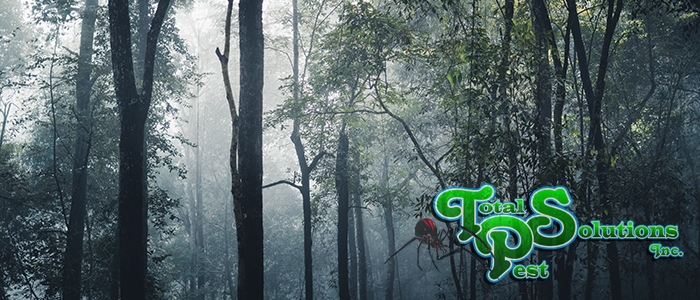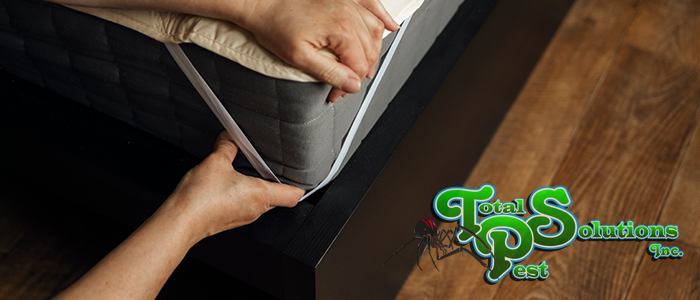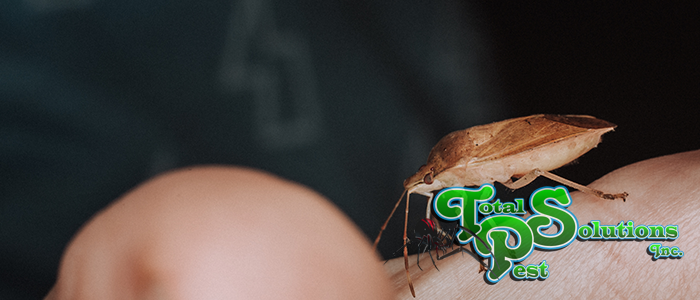
How to Protect Trees from Pests
Mature trees can usually handle themselves pretty well. While some trees have pest-resistant qualities, even these can become overrun. It’s important to understand that you need to watch your trees for signs of pest problems, just like your home. They need protection, too. Pests, to trees, are like diseases that can harm or even kill them. The most prolific pests are burrowing insects, sucking insects, and leaf-eating insects.
Burrowing insects dig into a tree, eating its tissues and preventing water from moving throughout the whole plant. They lay eggs in the tree, making the problem even worse. Sucking insects don’t enter the tree but use straw-like mouthparts to suck fluids directly. Leaf-eating insects chew on the tree’s leaves, flowers, and fruits, also known as defoliators.
Each of these causes damages in its way, and they become especially dangerous for trees starting in March. So this is the perfect time to let Total Pest Solutions help you start protecting your trees!
Should I Check My Trees for Pests?
Absolutely! Inspection is the first step to protecting them. As you go about your daily tasks, make a note to check on your trees regularly. This is especially important during the spring. You may see insects, or you may see signs they’ve visited. Look for boreholes – Tiny, perfectly round holes. Leaves will also become discolored in distinctive ways where insects bite. Your foliage may start to fall out of season, leaving many roots bare. New growth is also disrupted, for example, with new shoots coming out twisted.
If you can’t identify the pest but suspect pest damage, get in touch with an arborist to identify the precise problem.
How to Protect Your Trees
Good watering and pruning practices make trees a less attractive place for pests. Dehydrated plants are easier to attack, even for pest-resistant plants. During droughts, be sure to mulch your trees, so they retain water. Overwatered trees are also prone to illness, which attracts more pests. Pruning back dead branches and wild growth also helps trees promote airflow and provide more sunlight. However, it would be best to prune only outside of pest season, as they become vulnerable right after pruning.
Beyond general best practices, you can do some specific things to reduce pests. For example, if you notice caterpillar damage in the area, glue bands can prevent caterpillars from reaching your tree’s leaves. Hard spraying with water can dislodge many pests, but not all. Natural sprays like neem oil kill pests that are present and prevent them from returning for a while. There are pests other than insects to consider, though.
When things get tough, rodents like rats and rabbits like to chew on tree bark. They do this to grind down their teeth and get crude cellulose as food. If they manage to tear a complete ring around the tree, this is called ring-barking. Sugar travels down into the roots through the bark, and thus ring-barking is usually fatal. If the connection of bark is broken around the tree typically “starves” to death and can’t be revived. To prevent this, a tree guard will help. Be sure to use a metal tree guard, as rabbits and rats can and will chew through plastic.
You should also make your garden friendly to pest-predators: Ladybugs are a great example. A birdbath will also attract birds that eat pests. Professional treatment can also be an option if you prefer to go a chemical route.
continue reading
Related Posts
The Importance of Bed Bug Detection Services for Your Hotel […]






